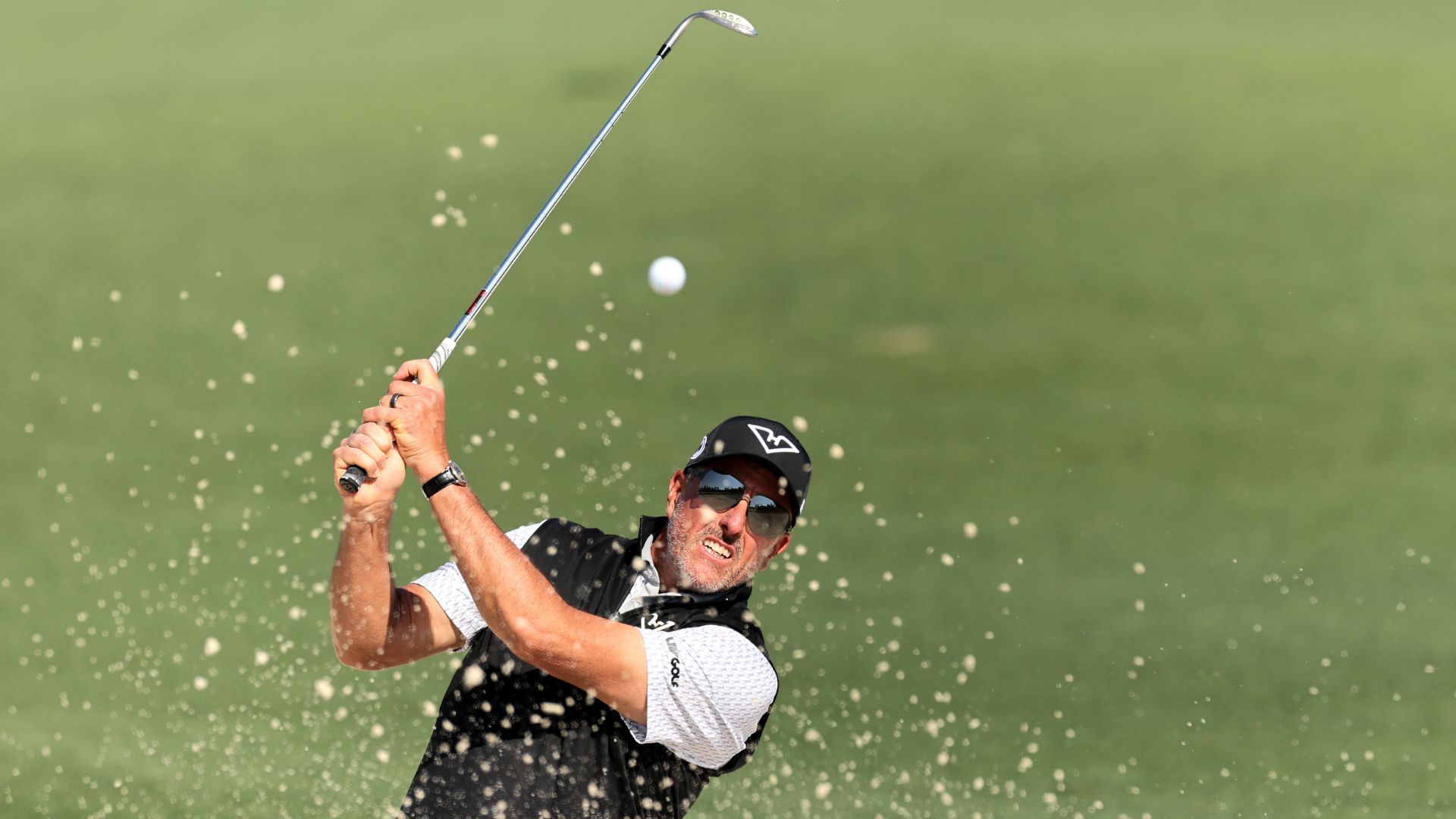If you want to stay active during the winter and not put your clubs away until spring, there are a few important rules and tips to follow—besides dressing appropriately. We’ve summarized the key points for winter golf.
Preferred Lies Rule in Winter
During the colder months, golf course grounds are often wet, muddy, or even snow-covered. To protect the course while still allowing fair play, clubs may implement special rules like preferred lies.
This rule can be applied from November through March, allowing players to move the ball within a specified distance—usually one scorecard length—on closely mown areas, without getting closer to the hole. Always check with your club to see if this rule is in effect.
Cleaning the Ball and Embedded Relief
When preferred lies are allowed, players must mark the ball before lifting it and may clean it before placing it back. Incorrect application can lead to a two-stroke penalty or loss of hole. If the ball is embedded—partially below the surface in its own pitch mark—free relief is permitted in the general area, excluding bunkers, greens, penalty areas, and tee boxes.
If preferred lies are not allowed, clubs may still permit cleaning the ball. In that case, the ball can be marked, lifted, cleaned, and returned to the exact same spot.
Snow and Ice as Obstacles
If snow is present but the course remains open, players face unique conditions. Snow and natural ice can be treated either as loose impediments or temporary water, at the player’s discretion. If treated as loose impediments, they may be removed without moving the ball. If the ball moves, it must be replaced and a penalty stroke is assessed. Failure to replace it results in an additional penalty.
If snow is considered temporary water, relief may be taken at the nearest snow-free spot that offers full relief. This applies to the general area and greens. In bunkers, relief outside the bunker incurs a penalty stroke.
Always check





